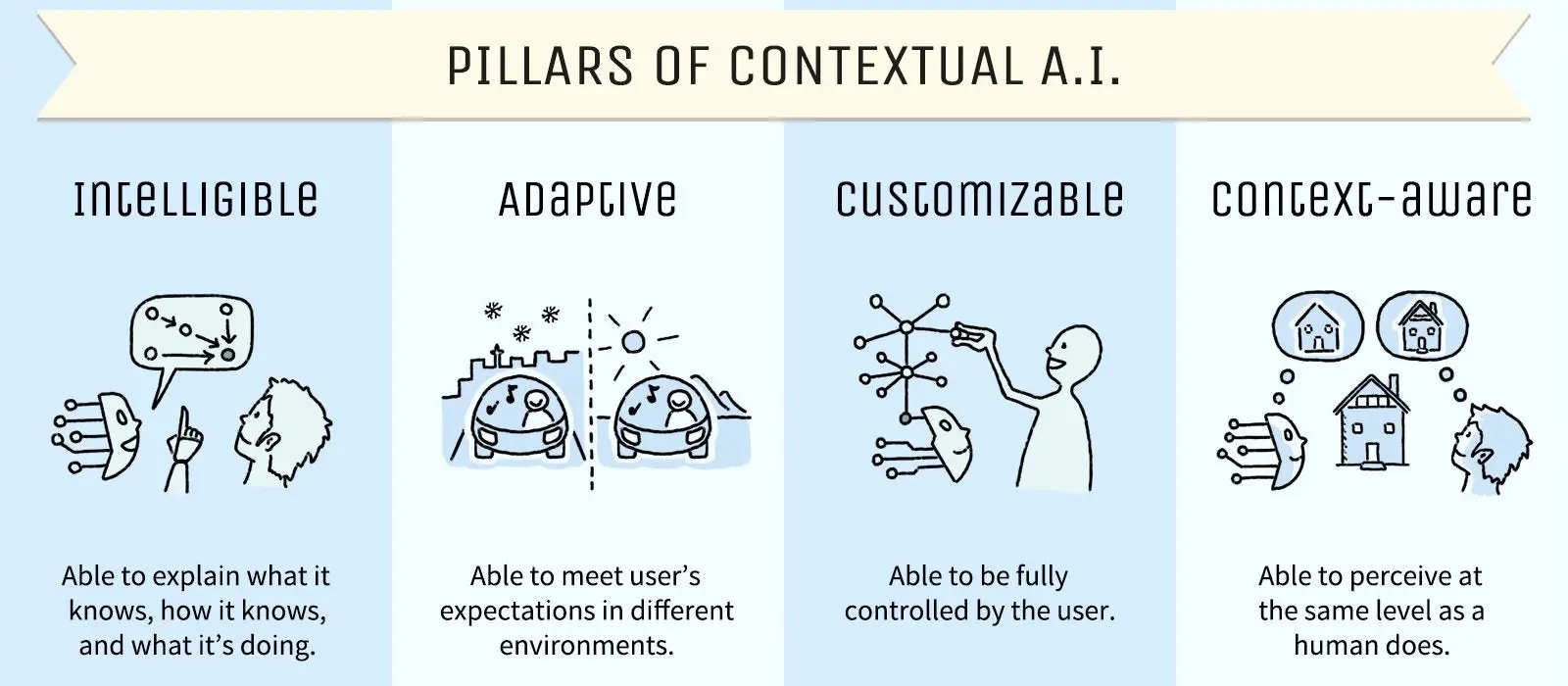
8.1.23 – Security Today – By Aaron Saks
The amount of talk, buzz, hype and promise over artificial intelligence (AI) is on the level usually associated with a recently launched product
That’s true to an extent, as AI-based technologies are quickly emerging in new and established applications and having significant implications on how work is done in almost every field, especially with the emergence of open AI and mainstream AI platforms.
However, the reality is companies have invested in R&D and AI for decades, so it is not exactly a novel concept to consider how to best leverage AI capabilities. More companies in every industry – including security and surveillance – are adopting AI and machine learning functions in-house.
There are significant competitive advantages to be gained from an effective AI deployment, as it can help accelerate automation, digitization, predictive analytics and forecasting. And, from a productivity and cost-savings perspective, AI can potentially alleviate many time-consuming and logistically intensive tasks.
In security and surveillance, we have already seen the positive impact of AI: for more accurate object detection and classification leading to more effective and faster forensic searches, reduced network storage and efficient bandwidth use. In summary, saving time and money and helping companies succeed.
Looking ahead the question is not “how will this change the security landscape?” It is really “How will this landscape-changing technology continue to evolve?”
Across our industry, we will continue to see more deployments of “smart” cameras and devices that combine AI and deep learning algorithms. The result will be more targeted forensic searches, enhanced operational efficiency, and minimized storage and bandwidth requirements.
In surveillance it is well-proven that AI, especially when combined with deep learning, can produce more accurate searches that notice only the elements a security team needs to see. That is simply a matter of increasing accuracy through AI algorithms.
One term we will see being discussed more when it comes to AI is “context awareness.”
It is already happening in other AI applications, for example, subtitling and captioning of movies or TV shows. Where basic AI models translate sentences one by one, context aware AI can “read between the lines” and accurately consider the “context” of a conversation, language nuances and the subtle differences of gender, slang and multiple word meanings.”
We are already doing that in our surveillance products. Think about WiseStream III, Hanwha Vision’s AI-based “’smart” compression and noise reduction technology. It can say to a user “Here is this high-resolution camera footage, do you want to reduce bandwidth and manipulate the compression based on the objects we care about?”
Context awareness takes AI beyond the level of pre-configured algorithms. It gives systems the ability to gather information about the environment and adapt its behavior accordingly. Now, the camera is making choices to optimize its performance based on what it has learned in the past and what is important to the user.
When we first started introducing AI into our products a few years ago, it was done on a selective and specific basis. We could detect a person or vehicle by specific attributes and trigger an event and start recording or initiate a forensic search.
Through ongoing firmware updates, newer models take that targeted AI detection and internally adjust what the camera is doing – again, using context awareness.
It is also a key element of our WiseDetector, which can train a camera on a custom object. For example, If I have a manufacturing facility or a warehouse, and I want to know when a forklift goes by or if one of my robots has moved around the warehouse, then the camera can optimize internal settings – shutter speed, noise reduction and use of WiseStream – all based on what I care about.
Heavily wooded areas versus open areas could also be factors in deciding context. Most people do not care much about trees swaying in the wind. They are probably more focused on the fence line or only want to see people walking inside the perimeter. Context awareness will prevent a security system from wasting bandwidth or perfecting shutter speed on irrelevant objects.
In 2022, AI really came into its own, expanding beyond specialty cameras to become an everyday problem solver, speeding up forensic searches for end users. The role of data and analytics will continue to expand significantly in 2023 and beyond, as customers combine edge computing and AI to complement and enhance data collection and analytics.
The use of Edge AI, especially with analytics based on deep learning algorithms, will be a key element in a range of “smart network” surveillance applications. These include object detection and classification, and collection of attributes in the form of metadata – all while reducing latency and system bandwidth burdens and enabling real-time data gathering and situational monitoring.
The edge is still a primary topic on everyone’s mind, as organizations continually look to streamline their operations. That may translate to AI at the edge, delivering new AI-powered data immediately and directly using the neural processing unit on the camera, or creating an on-prem system with cloud connectivity at the edge. Whatever the application ends up being, it is about putting power, performance and connectivity at the edge.
These are the next phases of AI’s evolution, where the technology continually learns to help users make better informed decisions – ultimately enhancing security professionals’ ability to create a safer and more efficient world.
